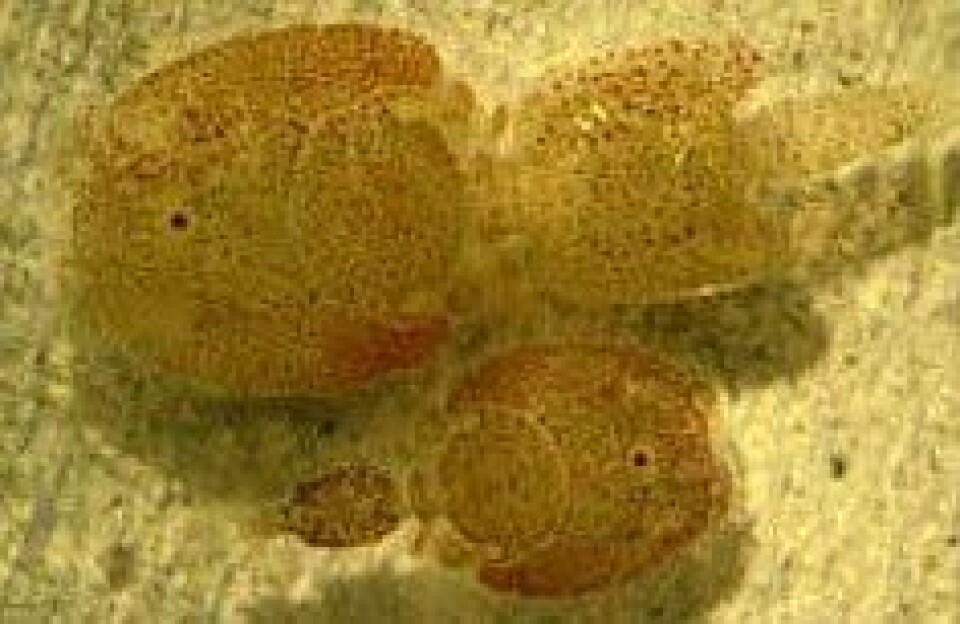
Lice on the increase?
A new report suggests that between 2013 and 2015, the number of Scottish fish farming regions failing to keep adult female sea lice numbers below the industry’s voluntary Code of Good Practice (CoGP) threshold is on an upward trend.
The report, which was released by Salmon & Trout Conservation Scotland (S&TCS) today, is based on the analysis of available data published by the Scottish Government’s Fish Health Inspectorate, the Scottish Environment Protection Agency and the Scottish Salmon Producers’ Organisation.
For reporting purposes Scotland is divided into 30 regions, and the report shows that regions representing almost 60% of Scottish production were over the CoGP threshold of 0.5 adult female lice per fish in May 2015, at the peak of the wild smolt migration run, when wild fish are at their most vulnerable to the parasites.
Andrew Graham-Stewart, Director of S&TCS, commented: “The Scottish Government is aware that wild salmonids in the ‘aquaculture zone’ on the west coast are already in deep trouble. The shocking findings of the S&TCS report mean that the current ‘business as usual’ approach of Scottish Government towards salmon farming is no longer sustainable.
“Quite apart from the obligation the Scottish Government should feel to protect wild salmon and sea trout, as iconic wild species, Scotland has international responsibilities to comply with European law and to meet its commitments that it has made to other North Atlantic nations to protect Atlantic salmon.
“We believe that the Scottish Government has no choice now but to act to increase the protection of wild salmonid species of international significance and take a lead among fish-farming nations.”
Mr Graham-Stewart continued: “What is concerning is that the data shows that in much of the production of farmed salmon in Scotland and the Western Isles, adult female sea lice counts per farmed fish have risen often to levels well above industry thresholds, where they often remain for many months. This is a disaster for wild salmon and sea trout.
“Nor does the use of wrasse as cleaner fish on some of the fish farms appear to be the panacea it is often held up to be. A number of regions appear to have experienced sea lice numbers persistently above CoGP thresholds, despite the use of wrasse as cleaner fish”.
Recommendations
The report makes a number of recommendations to the Scottish Government, including:
- The publication of site-specific sea lice data.
- Tougher regulation and inspection of fish farms.
- A Government-led review of the current voluntary code of practice, replacing it with a statutory code, as provided for in the Aquaculture Act 2007.
- Introducing an ‘upper-tier’ sea lice threshold above which an immediate cull or harvest of farmed fish is required by law.
- Ordering the closure and/or relocation of persistently poorly-performing farms.
Mr Graham-Stewart concludes: “Next year, Scotland will be in the spotlight. At the Special Session at the 2016 Annual Meeting of North Atlantic Salmon Conservation Organisation next June, the Scottish Government will be required to justify to the Norwegians, Irish, Canadians and others, the actions it has taken to avoid the impacts of aquaculture on wild salmonid populations and to ensure both the recovery and conservation of the wild salmonid stocks of Scotland. Action is required now, if Scotland is to be able to live up to its international obligations”.























































